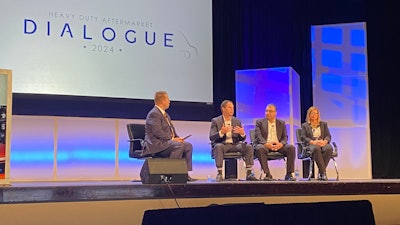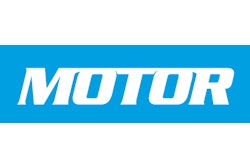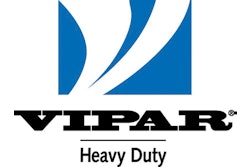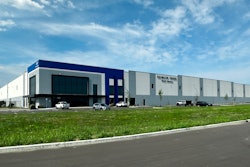
Trucking’s supply chain keeps improving but it’s still not perfect, and the stresses that come with inevitable fulfillment letdowns was a focus of the supplier panel Monday during Heavy Duty Aftermarket Dialogue (HDAD), presented by MEMA and MacKay & Company, in Grapevine, Texas.
Moderated by MEMA’s Collin Shaw, Monday’s supplier representatives were Ken Hogan of Cummins Meritor, Houman "HK" Kashanipour of Alliant Power and Eaton’s Traci Melville. Shaw started the discussion by asking the panel how their businesses closed 2023 and how prepared they are for the year ahead. The trio agreed that 2023 was a good but uneven year, with business more “chaotic” in the first half, Hogan said, and more stable as it came to a close. HK described the fourth quarter as the industry “coming back to Earth” after a wild few years. Melville agreed, and said some of the efficiency improvements Eaton implemented in 2023 should help set the company up well in 2024.
And Melville said driving efficiencies into business is vital as the supply chain continues to heal. She said Eaton has worked carefully with its supply base to shore up fulfillment across all product categories and industries where it operates, cultivating additional vendors and using transparency in communication to make clear what is expected for the company to meet its lofty production goals. She said Eaton’s supply chain is unquestionably improved, but problems still arise. Melville said Eaton’s focus has been on having backup plans for whenever a product or vendor hits a snag.
[RELATED: Suppliers working to reduce inflation, solidify supply chain]
“Every week there is some new supplier in distress, for whatever reason,” she said. “My big question market is what’s next?”
Hogan agreed. He said pressures to onshore supply chain in the wake of the pandemic is a good long-term goal but any significant “supply chain reversal will be challenging.” Additionally, though demand has eased slightly from historic highs, there haven’t been many opportunities for manufacturers and their vendors to use slow periods in the market to reset supply processes and implement major changes.
“In the last three or four years, everyone has had to work really hard,” Hogan said.
The supply chain hiccups haven’t been quite as exhausting in the remanufacturing sector, however, HK said, which has enabled his business and others with large reman operations to pick up market share over the last few years. He mentioned the simplification of logistics as one clear example where reman companies have had a leg up in recent times.
“We don’t have to worry about cores coming through the Red Sea,” he said.
Monday’s session also briefly touched on several other topics, such as workforce development, adoption of new technologies, sales and customer service practices and electrification and alternative power.
The panelists said the workforce challenges they and their suppliers are facing remains an unfortunate reality underpinning of supply chain disruptions. The panelists hated to use that as an excuse for delays, but acknowledged that with unemployment levels so low, keeping a plant operating at peak capacity is tough today. The suppliers said the entire trucking industry needs to work harder at improving trucking’s image, of showing people outside the industry how technologically advanced, financially stable and truly enjoyable the industry can be.
[RELATED: Aftermarket eager to drive margins back up in 2024]
On the issue of new technologies, the panelists said proposing new innovations to OEMs has become harder because truck makers today are so driven by regulation and performance expectations that they struggle to deviate from plans. The panelists said that’s an area where the aftermarket can be helpful. By better focusing on the aftermarket — which the panelists said their companies must do — suppliers can release component innovations that improve customer experiences and, ideally, spur manufacturers to be more open minded to technologies brought to them by supplier partners.
Piggybacking on Mack President Jonathan Randall’s remarks from earlier in the day, the suppliers said collaboration from all stakeholder’s in a truck development and production will drive better customer experiences and loyalty.











